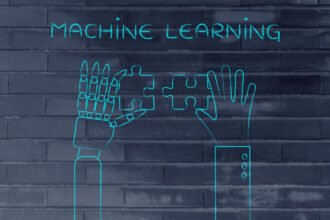Ever seen a Mario speedrun? Players compete playing the Mario Bros video games, aiming not for the highest score but to complete the game in the shortest time possible. For example, the best players can complete Super Mario Bros. NES in under 5 minutes, but this takes a steady hand, nerves of steel, and enough practice to complete the entire course without ever losing a life.
Ever seen a Mario speedrun? Players compete playing the Mario Bros video games, aiming not for the highest score but to complete the game in the shortest time possible. For example, the best players can complete Super Mario Bros. NES in under 5 minutes, but this takes a steady hand, nerves of steel, and enough practice to complete the entire course without ever losing a life.
Some speedruns aren’t the accomplishments of a star player alone, though. Tool-assisted speedruns use software assistance, for example by recording the players moves and then playing them back into the game (or an emulation) at will. This allows players to patiently try different moves, back up, and correct errors. It’s an achievement for the player to find the optimal path, but the player doesn’t actually play the game in a single sitting, which isn’t quite as amazing.
But now tool-assisted speedruns have gone to the next level, with AI pathfinding algorithms used to automate the process to find the sequence of joystick moves and button presses that will complete the game in the shortest time. Here’s an AI-driven player completing Super Mario:
Robin Baumgarten, a PhD student at Imperial College London, created the AI program to solve this level of Super Mario competition, and used it to solve the first Mario AI Championship in 2009. That competition is now in its third year, and is run in association with several major international conferences focusing on computational intelligence and games. I’m sad it’s taken a bit of the shine off of old-school speedruns, but it’s an interesting application of AI research.
Mario AI Championship: 2011







